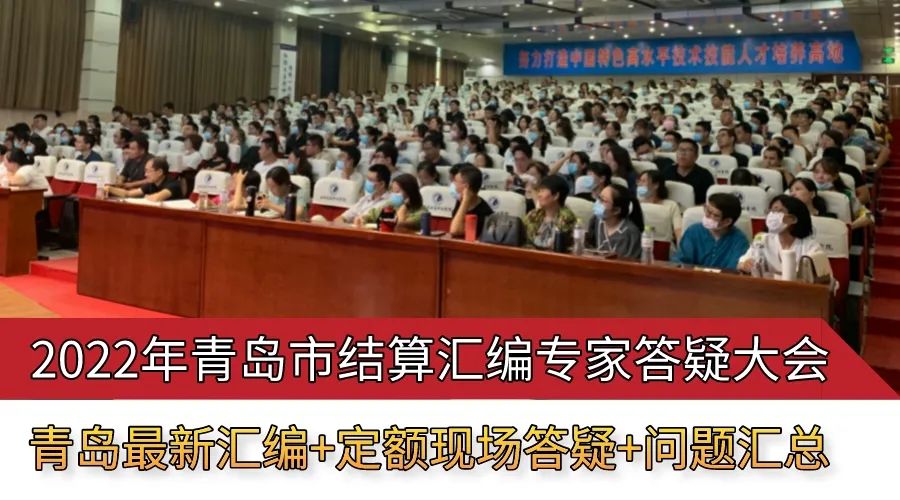The combination of art and technology not only brings people aesthetic experience, but also rich humanistic care, making hard buildings soft and sensible and suitable for living.
Conversation content 01 building humanities x building science and technology the acceleration of urbanization has made people in cities increasingly yearn for nature.
This is also a kind of transcendence of our building technology from the past.” Relying on the empowerment of ibuilding Midea’s digital building platform, and from the perspective of users, the art museum led the humanized experience of ideal buildings with design, and won the design award of 2022melbournedesign awards.
During the dialogue, Meng Tao, President of Midea Building Technology Research Institute, took the ho Art Museum as an example to popularize the relationship between building technology and building space.
All three projects have the characteristics of “localization”, all use local materials, and their appearance and local scenery complement each other.
Zhejiang dongziguan residents’ relocation house © GAD Yunnan Dongfeng rhyme Art Center © Line + architecture firm, feijiji, Songyang, Zhejiang © Zhong Ling, the founder and chief architect of line + architecture firm duz, shared his design of the Linxia Grand Theatre and the library renovation project of Nanjing Normal University.
The architect endows a building with elegant appearance and comfortable space.
Meng fanhao, co-founder and lead architect of line +, is committed to building design works rooted in regional and cultural characteristics from the shaping of urban space to the revitalization of rural civilization, responding to and interpreting the diverse connotation of contemporary culture.
It has also made in-depth research on local buildings and incorporated the old spatial wisdom into the new spatial system.
It has released ibuilding Midea building digital platform, which provides full life-cycle solutions and digital platform services for buildings and public facilities, and promotes digital transformation and technological innovation in the construction field.
Representative works: Gansu Linxia Grand Theatre, Linxia Olympic Stadium, Chengdu Jinniu District Library, and the overall renovation project of Zijin campus of Nanjing Normal University.
The whole system is not separated from the space, but repeatedly refines the design details, finally making the equipment hidden in the space, not affecting the design principle of the space itself, and improving the experience of people.
Zhong Ling uses the building structure to release more space and open the boundaries of the building, so that people can experience the natural wind and sunshine and work and live in a stretch space.
They all belong to cultural public buildings.
Activity site of “true see ideal building” © I-talk’s guest in this session is Meng Taomei, the president of Building Technology Research Institute, who is committed to the exploration and development of intelligent building digital technology and cutting-edge building technology.
The cultural media of architecture, Yiyan Yiwu i-talk, and Midea building technology jointly held the offline conversation activity “see the ideal building with truth”.
The Wako art museum is a fair faced concrete building designed by the architect Tadao Ando.
Zhong Ling believes that architects need to think from a macro perspective.
And Art Museum, designed by Tadao Ando © Meng Tao, President of Midea Building Technology Research Institute, and Art Museum © I-talk Midea building technology has developed a comprehensive management system for the ho Art Museum, including energy, security, visitor experience comfort and the whole background operation and maintenance system.
Architects Meng fanhao, Zhong Ling and Meng Tao, President of Midea Building Technology Research Institute, were invited to discuss how art and technology can jointly provide an ideal living experience in Hangzhou one-way space.
Large scale demolition and construction will cause the greatest damage to nature..
Representative works: Hangzhou Fuyang dongziguan relocation farm house, Tai’an dongximen village activation and renewal, Taishan jiunvfeng study, Hangzhou Lingyin Temple West line expansion, Yunnan Dongfeng rhyme Art Center, etc.
With the increasing concern of the whole society for the ecological environment, the green and low-carbon lifestyle has also extended to the field of architecture, and “low-carbon architecture” has become the research direction of architects.
Thanks to the wisdom of building science and technology, people can use equipment more efficiently, enjoy the “unity of nature and man” between people and technology, and realize the “Taoism and nature” of zero carbon buildings.
Meng Tao said: “both architects and practitioners of smart architecture actually use different means to serve people in the space.
First of all, they should try their best to enhance the life cycle of a building.
Application of Midea building technology in the he art museum © Midea building technology and Art Museum won the Melbourne Design Awards 2022 © Meng fanhao, co-founder and chief architect of Midea building technology line +, shared his projects: Zhejiang dongziguan relocation farm house, Zhejiang Songyang feijiaji B & B and Yunnan Maitreya Dongfeng rhyme Art Center.
▣ true see ideal architecture — Hangzhou offline activity — topic of this issue ▣ true see ideal architecture ideal architecture, beautiful living, needs the integration of art and technology to achieve.
Building technology is hidden behind the curtain wall to create a more humane and efficient environment.
At the dialogue site, guests expressed their views © I-talk and Art Museum, integrating architecture with natural landscape © If architects are responsible for the “low-carbon foundation” at the front end of a building, building technology will support the “low-carbon operation” of a building in the future.
Modern people can’t live without scientific and technological means such as air conditioning, elevators and lighting.
In this life cycle, they should try their best to avoid overturning and starting again.
Everything comes down to the final, or the ‘people-oriented’ attitude, and the final value returns to people.
Although the volume is not large, the internal structure and overall design are very ingenious.
Meng fanhao believes that architects should find ways to respond to the environment from local traditional buildings and realize the dual vision of localization and green and low-carbon.
Zhong Ling duz, the founder of design and the national registered architect of France, focuses on the overall style and layout of buildings from the perspective of urban design, and uses architectural thinking to create indoor space experience.



